
The Royal Grammar School (RGS), Newcastle upon Tyne, is a selective British private day school for pupils aged between 7 and 18 years. Founded in 1525 by Thomas Horsley, the Mayor of Newcastle upon Tyne, it received royal foundation by Queen Elizabeth I and is the city's oldest institution of learning. It is one of seven schools in the United Kingdom to bear the name "Royal Grammar School", of which two others are part of the independent sector.
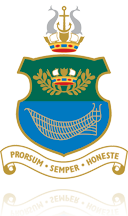
Devonport High School for Boys is a grammar school and academy, for boys aged 11 to 18, in Plymouth, Devon, England. It has around 1,135 pupils. Its catchment area includes southwest Devon and southeast Cornwall as well as Plymouth. Pupils are accepted on the basis of academic aptitude.
His Honour Michael Victor Argyle, was a British judge at the Central Criminal Court of the United Kingdom from 1970 to 1988. Earlier, as a barrister, he defended Ronnie Biggs and, as a judge, presided at the Oz obscenity trial.
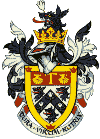
Sedbergh School is a public school in the town of Sedbergh in Cumbria, in North West England. It comprises a junior school for pupils aged 4 to 13 and the main school for 13 to 18 year olds. It was established in 1525.

Birkenhead School is a private, academically-selective, co-educational day school located in Oxton, Wirral, in North West England. The school offers educational opportunities for girls and boys from three months to eighteen years of age.
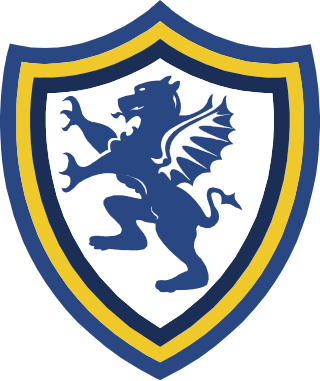
St Piran's is a prep school located on Gringer Hill in Maidenhead, Berkshire, England. The school was known as Cordwalles School until 1919 and has been co-educational since the 1990s.
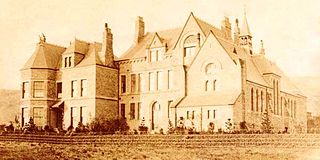
Founded in 1675, Buxton College was a boys' Public School and, from 1923, a grammar school in Buxton, Derbyshire whose site has been expanded since 1990 to be used as the fully co-educational comprehensive Buxton Community School. Dorothy Dewis, born in 1898, was the first Headmistress of Silverlands Girls Secondary School which was purpose built and was opened by the Duke of Devonshire who remained a supporter of the School for many years. Miss Dewis had previously been Head of Barrs Hill School. Miss Dewis was passionate about girls education and ensured all girls received a high standard of education. She also ran a very successful Folk and Country Dancing club which performed widely and won many prizes. She retired after 20 years service in 1960. She never married and was totally dedicated to her, proving to be very popular with both girls and teachers. Silverlands school building was demolished to make way for a housing estate.
Stubbington House School was founded in 1841 as a boys' preparatory school, originally located in the Hampshire village of Stubbington, around 1 mile (1.6 km) from the Solent. Stubbington House School was known by the sobriquet "the cradle of the Navy". The school was relocated to Ascot in 1962, merging with Earleywood School, and it closed in 1997.
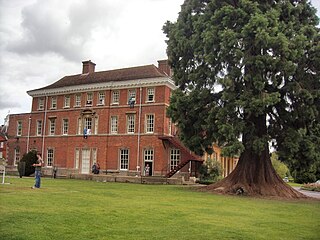
Elstree School is an English preparatory school for children aged 3–13 at Woolhampton House in Woolhampton, near Newbury in the English county of Berkshire. The school is co-educational.
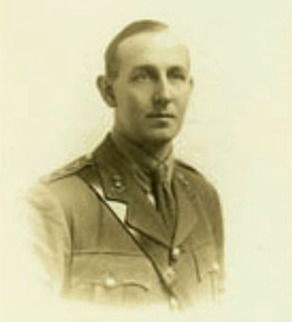
Bertie Oswald Corbett was an English footballer, cricketer and educator. He played football for England against Wales in 1901 and played cricket for Derbyshire in 1910.

The Long Eaton School is a secondary Academy on Thoresby Road in Long Eaton located between Nottingham and Derby.

Geoffrey Sharman Dawes, CBE, FRS, FRCOG, FRCP, FACOG(Hon), FAAP(Hon) was an English physiologist and was considered to be the foremost international authority on fetal and neonatal physiology.
Cornelius John Corbett was an English cricketer who played first-class cricket for Derbyshire from 1911 to 1924
John Ashton Cannon was an English historian specialising in 18th-century British politics.
Geoffrey Durnford Iliff was an Anglican missionary bishop in China from 1903 to 1920.
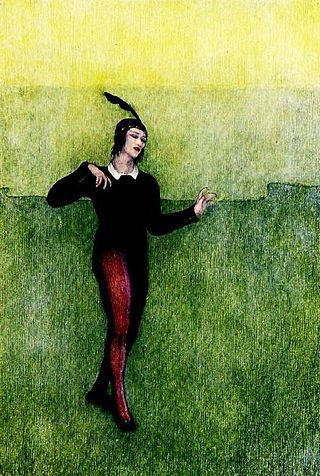
Geoffrey Arundel Whitworth CBE was an English lecturer and author who sought to promote amateur and professional theatre through the formation of the British Drama League, acting as its director for many years. Whitworth was instrumental in the founding of the National Theatre, and served the committee lobbying for this as its secretary. Though not an actor, he was praised by George Bernard Shaw as one of the most important figures in the history of British theatre. The library he assembled is a large and important collection, now held at the Theatre Museum at Covent Garden.
Eastman's Royal Naval Academy, originally in Southsea and later at Winchester, both in England, was a preparatory school. Between 1855 and 1923 it was known primarily as a school that prepared boys for entry to the Royal Navy. Thereafter, it was renamed Eastman's Preparatory School and continued until the 1940s. According to Jonathan Betts, it was "considered one of the top schools for boys intended for the Navy".
Sir Geoffrey Fitzhervey de Montmorency was an Anglo-Irish colonial administrator. He was Governor of the Punjab.
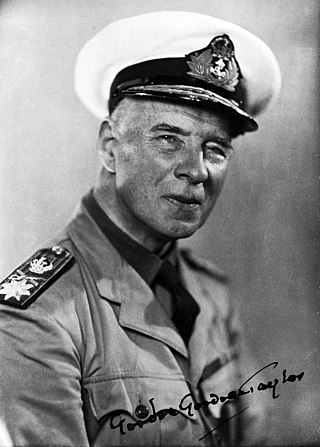
Sir Gordon Gordon-Taylor CB KBE FRCS FACS was a British surgeon














